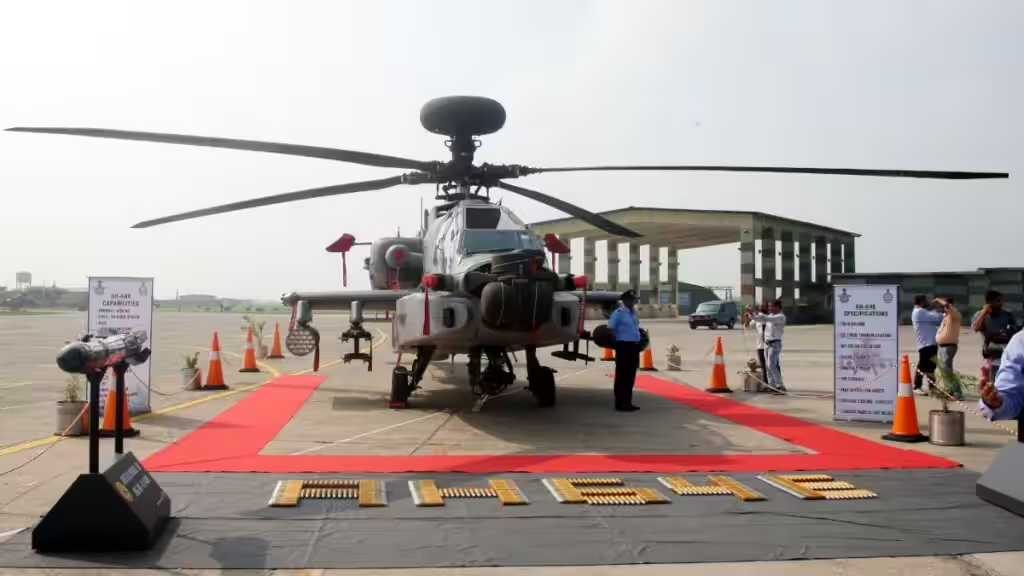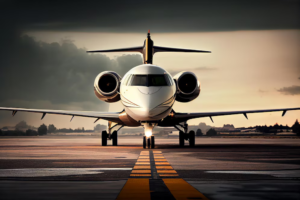
Proposed Indian Military Airworthiness Bill 2024: Elevating Aircraft Safety
By Cdr Rahul Verma (Retd)
In the dynamic landscape of military technology, policy acts as a catalyst for innovation, driving investment, research, and development towards strategic objectives. It creates the framework within which technological advancements can be harnessed to enhance national security and defence capabilities along with ensuring flight safety. Despite significant efforts to enhance aircraft safety, accidents still occur. Since its establishment in 1944, the International Civil Aviation Organization (ICAO) has played a crucial role in setting global safety standards for civil aviation, leading to a reduction in crashes, particularly post-1970s, despite the rising number of flights annually. In contrast, there are no universally adopted rules for military aviation, where risk tolerance is higher due to their operations, often involving explosive ordnance. Each nation bears the responsibility to ensure military aircraft operations don’t compromise civilian flight safety. While Military Aviation Authorities (MAAs) generally align their regulations with ICAO principles, compliance isn’t mandatory. MAAs share common goals, but cross-interpretation of regulations is complex and resource-intensive, demanding dedicated efforts.


